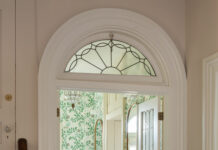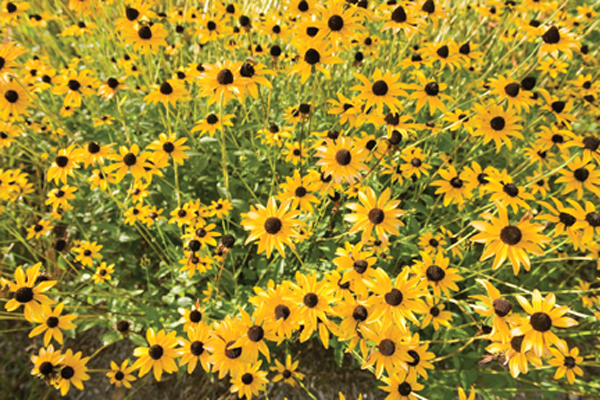
“It felt jangly!” recalls Kay McConnell. She’s describing the bare, dissonant way the mulched and sparsely planted landscape around Friends School’s then-new Middle School building felt to her as she dropped off her daughter one morning in 2005. “They [the plants] were out of synch,” she says. “Then I thought: ‘We can be helpful here!’”
“We” refers to the Guilford Garden Club, of which she’s a member. Back then, the club already had installed a city school garden at New Song Academy in Sandtown-Winchester, and boasted experienced landscape designers and horticulturists among its members, all of whom had a history of using native plants. That includes McConnell, owner of the design and planting business Garden Therapy.
Accordingly, McConnell asked Friends’ head of school, Matt Micciche, new to the job at the time, if her garden club might design, pro bono, the space around the building for students to plant. Eleven years later, Micciche calls the impact of the ongoing partnership with the Guilford Garden Club “remarkable,” adding, “the native plant gardens, with their abundance of colors and textures, inspire curiosity and creativity in children and adults alike. They also shed valuable light for all of us on the elegant dynamics of our local ecosystem at work.”
A protocol was established: The garden club would design the project in collaboration with Friends School staff and students, and, to further a local connection, use plants from Maryland’s Chesapeake Bay Watershed and Piedmont region, obtaining them from nurseries within a 120-mile radius. Club members would lay out the beds, then students would dig and plant.
On Earth Day 2006, McConnell and members of her garden club began working with Middle School students to plant white wood asters, columbine and other plants native to Maryland—ones that would thrive at Friends.
“We used this discipline to create an ecosystem,” explains McConnell. The approach prevented the higgledy-piggledy incorporation of everyone’s favorite plants.
“Because the salt [used to melt ice] on the paths hurt the plants on the edges, we soon added natives of the [Atlantic] Coastal Plain region,” says McConnell. Grasses like switchgrass, shrubs like bayberry and Annabelle hydrangea, and perennials like goldenrod were soon part of the plant palette.
Today, the garden by the Middle School is fully mature. Fifteen additional gardens lace together the North Baltimore school’s 35-acre campus. Teachers, administrators, students and volunteers have planted about 11,000 native perennials, shrubs and trees. Everyone from preschoolers to the head of school participates in annual planting projects.
McConnell notes that gardens are not cut down the in fall: “We wait until Earth Day, so the beds ‘read’ as gardens, and so the students see the whole cycle. This also helps the habitat.” Beneficial insects like ladybugs and praying mantises fill the Friends School gardens. And because seedpods mature and drop their seeds—and are sometimes carried to nearby campus areas by birds and the wind—garden beds fill in quickly, with minimal use of mulch.
“The dramatic increase of local species on campus means that the population of birds and insects our children are able to see and study firsthand has grown markedly,” says Micciche.
Friends’ colors are red and gray. With that in mind, the gardens include shrubs such as winterberry with red berries and bayberry with tiny gray berries; redbud and red oak trees; native roses with huge red hips; merlot; and Henry’s garnet sweetspire.
As visitors approach Friends, it is clear that the school takes its gardens seriously. By the Little Friends building, where the youngest children spend their days, a deep and long island swims with trees and swales of plantings. “That was a recent project to keep water from going into the basement of a Friends-owned house,” says McConnell. Just off the Middle School parking lot is another swale garden designed to eliminate the large ponds of ice that used to appear there in winter.
On a rainy summer morning, a volunteer who helps in the students’ community gardens, filled with vegetables and flowering plants, stops McConnell. He says the new Fallen Tree garden above the school’s playground has curbed a river of water that playground has curbed a river of water that once flooded the student gardens below. Instead of hauling away the massive trunks of an ancient white oak that had died, the tree was cut into sections, which were placed to curb runoff with artistically designed, shady islands of plantings around them.
When standing in the Fallen Tree garden, the drop in grade on campus is evident. All of the gardens work together to decrease runoff into Stony Run stream on the far western edge of the campus, about 100 feet below the elevation of the school’s entrance.
“All of these native plant teaching gardens have become outdoor classrooms in which our students learn the importance and the benefits of being thoughtful stewards of our environment,” says Micciche. “They’ve also led to deep and enduring learning in a variety of disciplines, including science, writing and the arts, among others.”
Projects continue. Next up: a rain garden around the Meeting House, funded by the Chesapeake Bay Trust.
This past Earth Day, when McConnell spoke to the Middle School and asked how many people had planted something on campus, everyone, save a new teacher, raised a hand. “There’s ownership of these gardens,” she says. “Because of that, the students treat them with respect.”
While many would be tempted to declare “mission accomplished,” McConnell says, “We’ve made a strong start. Land and buildings are coming into healthy harmony, and the campus is full of life, inside and out.”
[tie_slideshow]
[tie_slide]
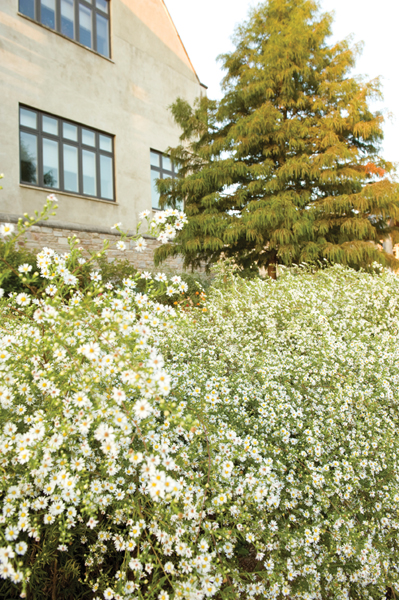
[/tie_slide]
[tie_slide]
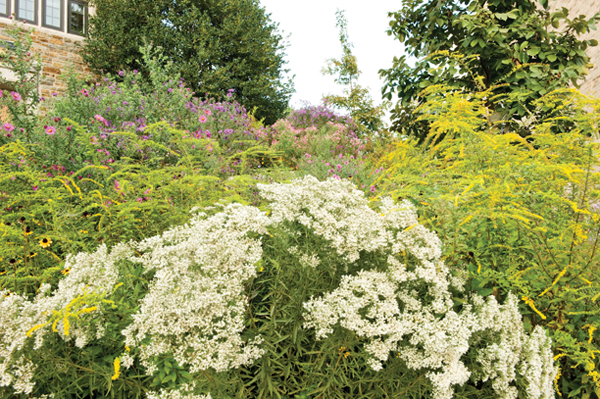
[/tie_slide]
[tie_slide]

[/tie_slide]
[tie_slide]
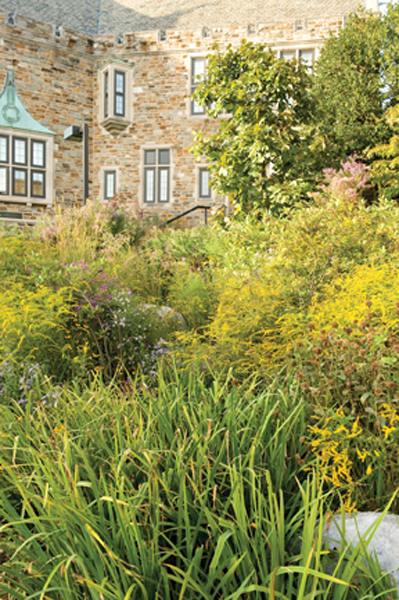
[/tie_slide]
[tie_slide]
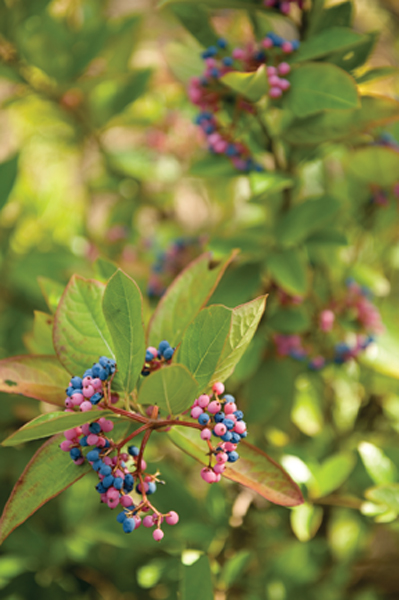
[/tie_slide]
[tie_slide]
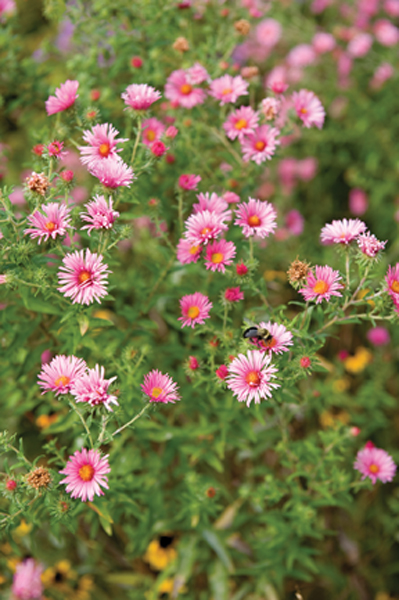
[/tie_slide]
[tie_slide]
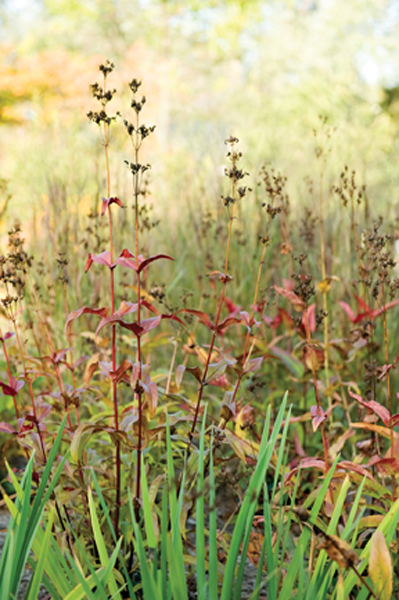
[/tie_slide]
[tie_slide]
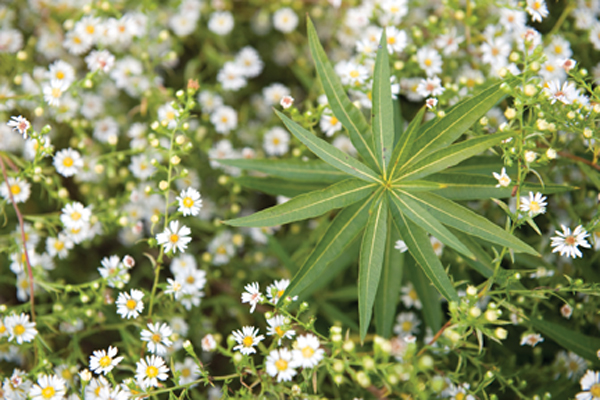
[/tie_slide]
[tie_slide]
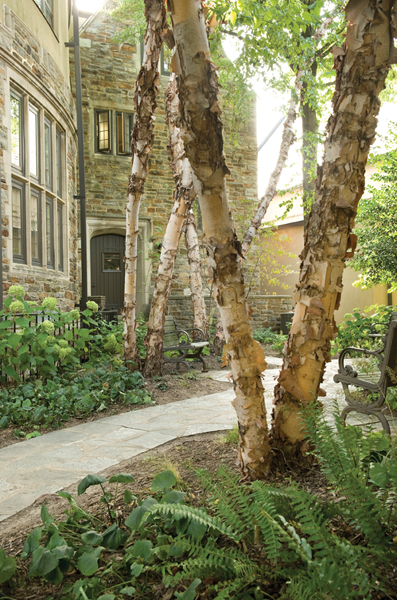
[/tie_slide]
[tie_slide]
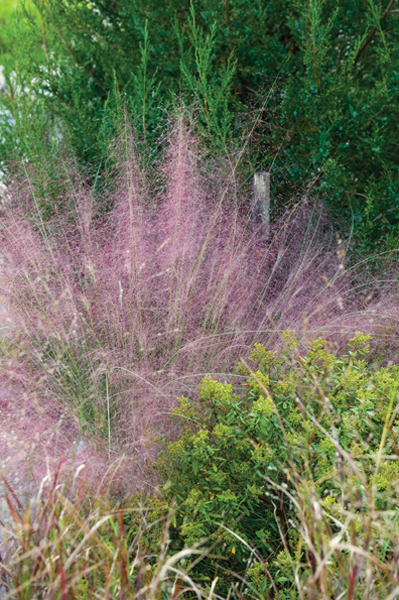
[/tie_slide]
[tie_slide]

[/tie_slide]
[tie_slide]
[/tie_slide]
[tie_slide]
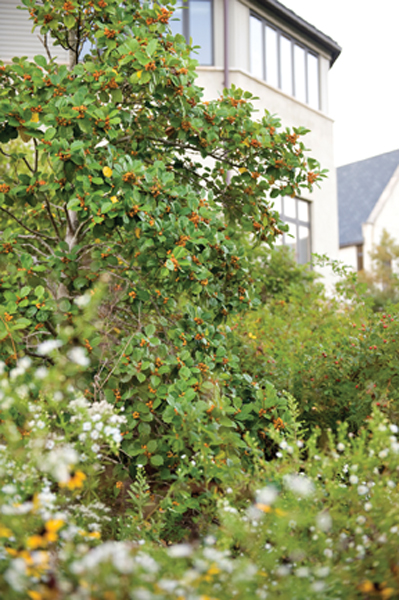
[/tie_slide]
[tie_slide]
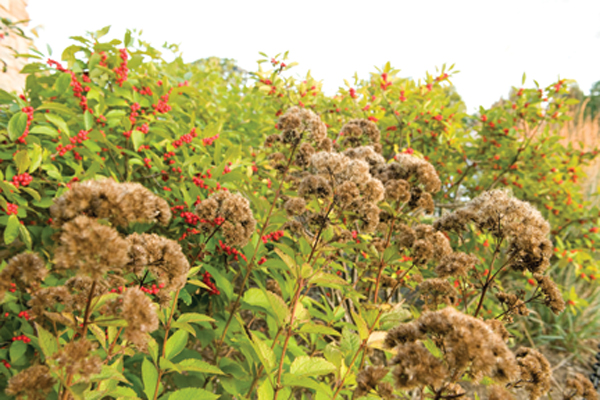
[/tie_slide]
[/tie_slideshow]



